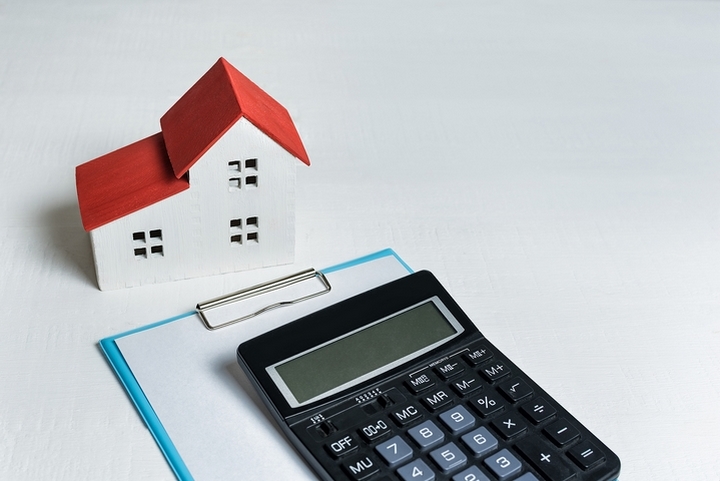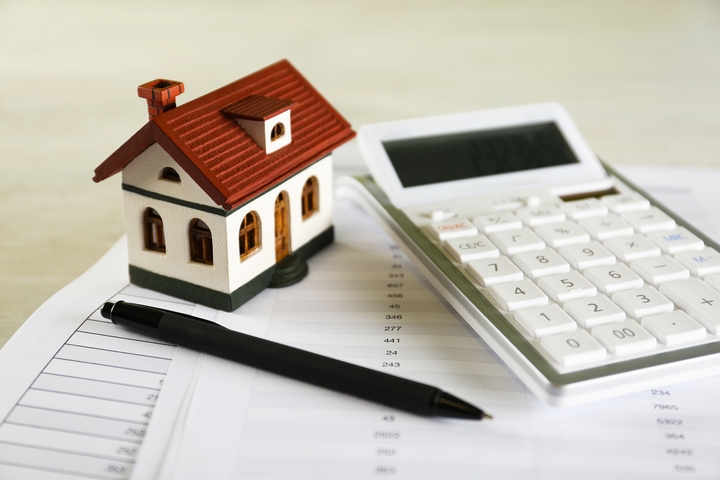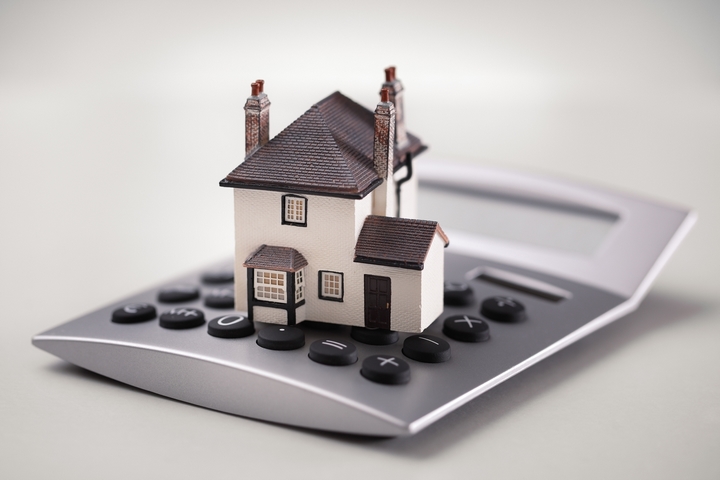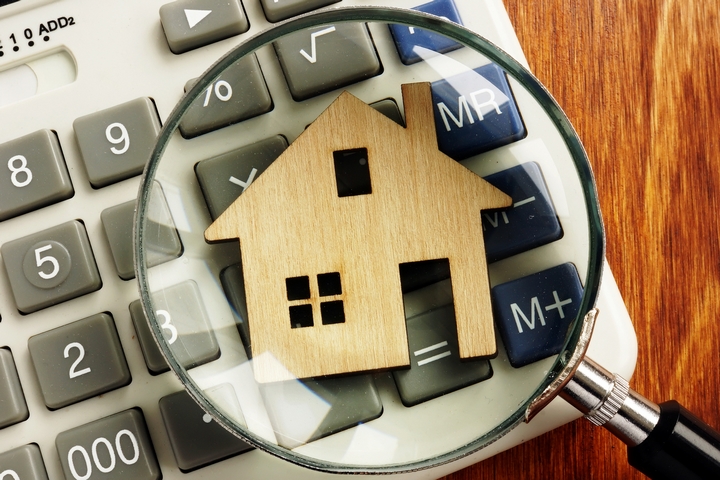6 Types of Home Equity Loans and Their Features
The current market value of your home less what you owe on it constitutes home equity. For instance, if the current market value of your home is $350,000 and you have a balance of $100,000 on your home loan, the computed balance of $250,000 is what constitutes your home’s equity.
An advantage of owning a home is that you get to build equity over time. While it might not be possible to sell your home’s equity, there are a host of home equity loan benefits at your disposal. For instance, you can use your home equity as collateral for a loan.
Below are the six different types of home equity loans at your disposal:
Type #1: Second Mortgage Loans

A home equity loan in the second position is also known as a 2nd mortgage. This means one has a primary mortgage that must be paid in full in the event a home is sold or foreclosed. An additional mortgage is paid out as a second priority. How much you can borrow depends on the value of your home’s equity.
A second mortgage demands that a loan be settled over a certain period. The payments should include both the interest and the principal. Some second mortgages will only charge interest during the loan term, but the principle remains the same.
Due to the lenient terms of a home equity loan, people with poor to bad credit, and those without an income, may qualify.
Type #2: Reverse Mortgage Loans

These home equity mortgages are mainly offered to people aged 55 and above. The beauty of reverse mortgages is that you don’t have to make regular payments. It’s not a must that you pay off the loan unless you’re selling it or moving out.
Although a reverse mortgage is a type of home equity loan, there are subtle differences. For a reverse mortgage, the bank pays you a lump sum or monthly payments.
The equity, your age, the size of the secured debt, the location of your property, and the value of your home all determine how much you qualify for. Reverse mortgages are designed to provide you with a comfortable retirement by increasing your income.
Type #3: Home Equity Line of Credit (HELOC)

One of the most common types of home equity loan is a HELOC. It is more or less, like a second mortgage. The difference, however, is that the lender doesn’t release all the funds at a go. Although the money is yours, you only access it as you need it. Should you pay it back, the funds are re-advanceable. You are only required to pay interest on the equity you are currently using.
HELOCs, however, come with stringent requirements where home equity loans are involved. Without a solid, good credit score and demonstrable income, your chances of getting a HELOC are very low.
Type #4: Fixed-rate Loans

With these loans, a lender pays out a lump sum amount to a borrower. These types of home equity loans are repaid over a set time at a predetermined interest rate.
The interest and the monthly payment do not change throughout the loan. These home equity loans feature terms of five to fifteen years. Should the home be sold, the fixed-rate home equity loan must be settled in full.
A fixed-rate home equity loan incurs closing costs that are similar to those of a mortgage. It’s important to inquire about a lender’s closing and third-party costs when shopping for the best rates. You should aim at spending a minimal amount on the whole process.
This option is ideal for borrowers seeking a lump sum amount to meet an urgent need. You can also take out a fixed-rate home equity loan if you do not qualify for refinancing.
Type #5: Mortgage Refinancing Loans

This facility involves taking a new loan to pay off an existing mortgage. You can take a new loan with your current lender or apply with a new one. People usually secure mortgage refinancing to take advantage of a lower interest rate or to extend the duration of their mortgage.
You can take a cash-out facility to refinance your existing mortgage for more than you owe. You can then cash out the difference. For instance, if you own a home that’s currently valued at $450,000 with an existing mortgage of $200,000 and you need $50,000 to do repairs, you can get the $50,000 difference as cash out. In most cases, the new mortgage attracts a lower interest rate, making it more affordable in the long run.
You need solid financials and good credit to qualify for a mortgage refinance at a good interest rate. Compare rates before settling on a lender and also decide whether a variable or fixed interest loan is appropriate for you.
You also need to decide whether you want to change the loan’s duration. Extending a loan’s duration could mean lower repayments, but it may not lower your interest.
Type #6: Bad Credit Home Equity Loans

You can get a home equity loan on bad credit. However, conditions such as the severity of your credit disposition will inform the success of your loan application.
To qualify for a home equity loan on bad credit, you need between 15% and 20% home equity. You should also have a score of at least 620. Your DTI (debt-to-income) ratio should be at least 43%. A stable job and income history are also prerequisites.
Compared to unsecured loans, home equity loans attract lower interest rates. They also come with easy and flexible repayment terms.

